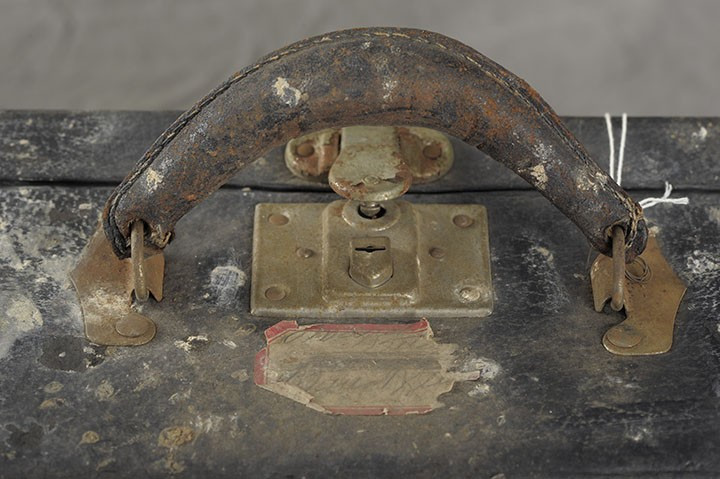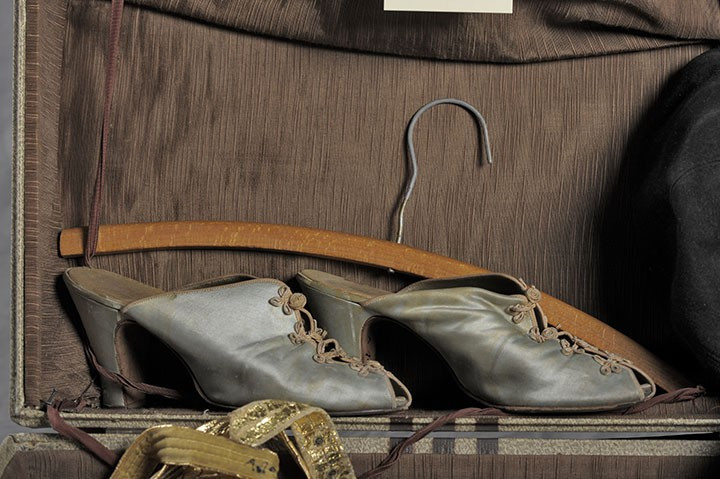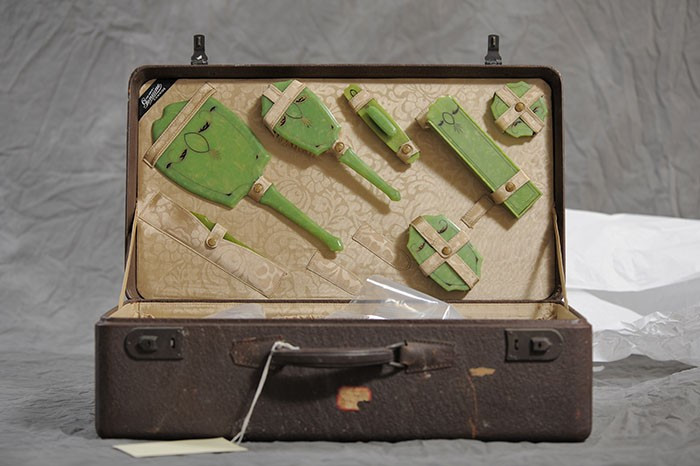Secrets of an American Mental Asylum Revealed
A poignant trove of memorabilia belonging to 20th century mental asylum patients has been unveiled by an American photographer.
Jon Crispin has documented the ancient suitcases once owned by people admitted to the Willard Psychiatric Centre in New York between 1910 and 1960.
As the facility was established to help people with chronic mental illness, most patients never left meaning their personal belongings remained in the centre.
In 1995, the items were moved from the asylum to the New York State Museum where a small selection of cases were shown at an exhibition. But now the public has the chance to gain a deeper insight into the lives of the patients before they became residents of the psychiatric centre.

Crispin approached the museum to photograph the suitcases but soon realised what a costly exercise it was going to be to undertake the voluntary project. So he enlisted the support of global citizens to help fund the project through Kickstarter, the world's largest funding platform for creative projects that attracts donations from thousands of people across the globe who wish to see a project realised.
"It's made me feel a part of something larger... I'd still be photographing these cases even without financial support. But it would've been just for myself. What I'm most excited about now is that I get to share this with others and engage in their feedback."
The items left behind in the suitcases reveal aspects of the people who once owned them and what kind of personality they might have had, explains Crispin. "You can get a sense pretty quickly... You can get a feeling for these people."
The photographer has revealed some of the images on his personal blog.
Crispin's unique access to the suitcases opens a window of insight for those interested in the project. For many, it's a rare opportunity to connect with the past and examine what has become a fascinating piece of history. "I realised at the time that what I was interested in was that a state organisation would preserve these for people in the future to look at and observe."

"There are artefacts from the lives that these people lived. It's almost as if it were a time capsule that was put away and forgotten about. I'm interested in what is being left behind by people... [It's] evidence of a previous time that has been left to go fallow."
"Each case offers its own interest to me. One case had a beautiful set of green hair brushes and mirrors and that was very touching to me."

Another suitcase contained tools for leatherworking and craft, hinting at the creative life of the owner both before entering the psychiatric centre and during their stay.
"I try to be extremely sensitive to the fact these aren't just things, they are parts of people's lives and there is a reverence that I feel towards these objects that I hope to be able to show in the photographs that I take," Crispin says.
"It's very moving stuff. I think it's important for the state to preserve these things."
Each object evokes a certain feeling and tells a different story, says Crispin. "People look at the images and attach their own significance to them and create their own stories. I'm a firm believer in not shaping others' views through my photos. I'm more interested in leaving the images open to interpretation for the viewer."
"I can act as the eyes for people who won't ever get the chance to access this sort of thing... I feel like I'm a bit of a vehicle in doing this work."
© Copyright IBTimes 2025. All rights reserved.



















